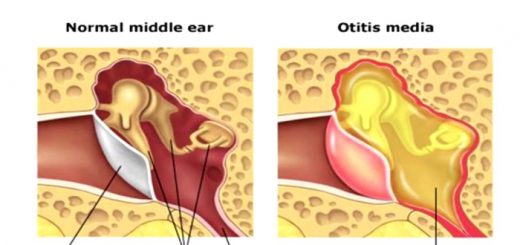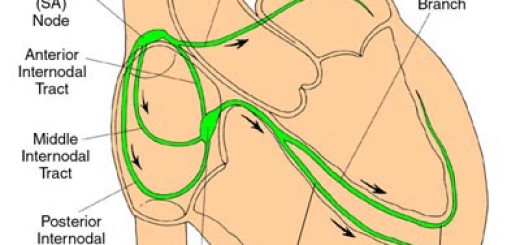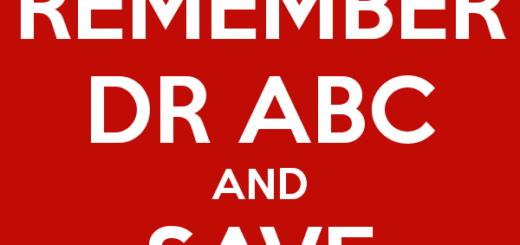Medical Gases Training: Oxygen
Medical gases include Oxygen and Entonox (a mix of Nitrous Oxide and Oxygen). In this post, we’ll take a look at the use of Oxygen by first aiders and first responders.
Indications for Oxygen administration
- Critical illness (eg: cardiac arrest, major trauma, shock)
- Serious illness if the patient is hypoxic (low oxygen levels).
In non-emergency situations, monitor the patients’ oxygen saturation (SpO2) using a pulse oximeter. If oxygen is required, administer via a nasal cannula in preference to a mask; nasal cannulae offer a more flexible dose range. A simple mask without a reservoir bag may be used if needed. The flow of oxygen can be altered by adjusting the flow meter provided with the cylinder. Oxygen can be given until a reliable oxygen saturation reading is obtained. If the desired oxygen saturation cannot be maintained with a simple mask, change to a reservoir mask (non-rebreather mask). All children and babies with significant illness or injury should receive high levels of supplementary oxygen.
Oxygen delivery devices
Administering Oxygen
Ensure that the patient has a clear and patent airway.
In a non-emergency situation, assess the patient using a pulse oximeter before administrating oxygen. Find out whether the patient has any relevant medical history, for example, chronic obstructive pulmonary disease (COPD). In COPD even moderate levels of supplementary oxygen may increase the patients’ carbon dioxide levels and may lead to respiratory depression and respiratory arrest.
The target oxygen saturation level is 94-98%. Give high levels of oxygen for adults with critical illnesses until their vital signs are normal then decrease the oxygen dose to maintain saturation between 94-98%
Cardiac arrest – Oxygen can be attached to a Bag-Valve Mask (BVM) or pocket mask
Carbon monoxide poisoning – give high flow oxygen until emergency medical help arrives
Safety considerations
Oxygen cylinders need to be handled with care as misuse could result in an explosion. They should be secured in an upright position to prevent them from falling over and sustaining damage. They should be stored in a clean, dry, purpose-built storage facility. The pressure gauge of the regulator has to be screwed in correctly as leaks can be a fire hazard. Oxygen cylinders must not be in contact with lubrication, ie. oil, grease or alcohol. Smoking and naked flames are prohibited near cylinders – do not allow the patient to smoke!







i like this course